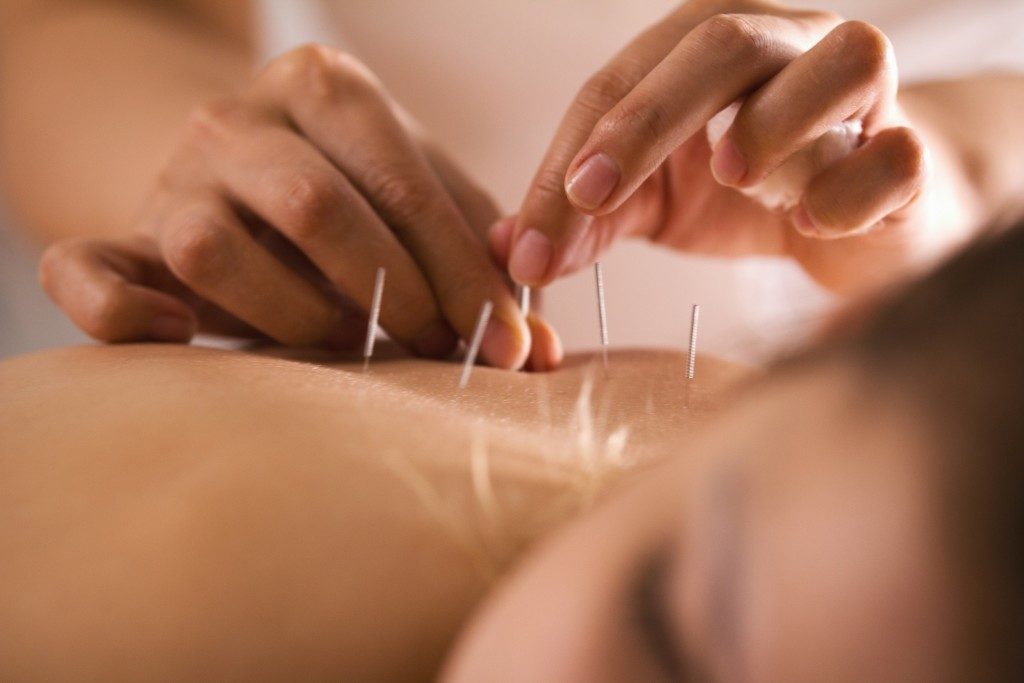Traditional Chinese medicine traces its roots to medical tracts written over 3,000 years ago. The practice has evolved over the years, but it still makes use of ancient methods. Medical experts are now studying these concepts, but the initial findings have been positive and have helped advance the understanding of the human body.
Some Chinese medical practices like acupuncture have become popular in other parts of the world and have been integrated in Western treatment methods. In Singapore, for example, traditional methods meet modern techniques. Physiotherapy clinics in Singapore are well received and have a good following, but many still believe in the time-tested methods used by the generations before them.
Acupuncture
Acupuncture is a form of treatment that involves inserting very fine needles through a person’s skin, subcutaneous tissue and muscles at specific points on the body, to various depths, and then manipulating the needle. Acupuncturists use as many as 2,000 points on the body that are connected by 12 main meridians. The meridians conduct energy, known as ‘Qi’, between the body surface and the internal organs.
Acupuncture remains controversial among Western scientists and doctors, but traditional Chinese beliefs claim that it works by balancing vital energy—the Yin and the Yang—while others believe the practice has a neurological effect. By maintaining the balance between the Yin and the Yang, the Qi flows normally to restore health to the mind and the body.
When an acupuncturist inserts needles into a person’s body, that person’s energy is balanced, resulting in the boosting of the well-being and the curing of some illnesses. The conditions that acupuncture is used to treat include different kinds of pain, whooping cough and blood pressure problems.
Some experts in Western medicine have explained the relationship between acupuncture and neuroscience. Acupuncture points are places where muscles, nerves and connective tissues can be stimulated, resulting in an increase in blood flow, while at the same time triggering the activity of the body’s natural painkillers.
Cupping and Scraping

Cupping is a form of alternative medicine where suction is created using special cups. It is believed to help with blood and energy flow. Scraping is similar to cupping, as it also helps with blood flow and healing. Cupping is traditionally used in sports acupuncture as a way of relieving neck, back and shoulder pain. It is believed to stimulate blood flow by utilising negative pressure.
Cupping involves the placing of several plastic or glass cups, which are actually open spheres, on the body. The cups are first warmed and as the air in the cup cools down, it creates lower pressure inside the cup, which then creates a vacuum that allows the cup to stick to the skin. The back, stomach and other fleshy parts of the body are ideal for the placement of the cups.
Scraping, known as ‘Gua Sha’, is a traditional Chinese medicine technique that uses smooth pieces of jade, horns, animal tusks or stones to scrape along the skin. This aims to release the obstructions and toxins that are trapped in the skin’s surface. The scraping continues until red spots and bruising cover the area being treated.
The East can certainly meet the West in pain management and injury therapy. There is no harm mixing the old with the new as long as it offers relief to the patient.






